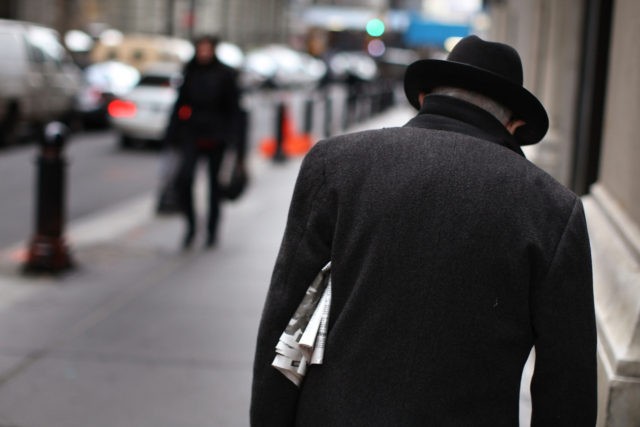The Federal Reserve Bank of New York announced Wednesday afternoon that it would once again intervene in the repo market on Thursday, its third consecutive day of supplying tens of billions of dollars to hold down interest rates in the short term funding market.
The repo market is at the center of the U.S. financial system but it is little understood even by most people working in finance.
Big Wall Street banks borrow cash to finance their securities portfolios by selling securities and promising to buy them back the following day. The cash comes from investors with lots of dollars looking to make a little extra interest, such as money-market funds and government-sponsored housing agencies such as Fannie Mae, Freddie Mac, and the Federal Home Loan bank. Typically, the interest rate on repos falls within the Fed’s target range for the fed funds rate, the rate banks pay to borrow reserves from each other.
Here’s how it works. Traders at the big Wall Street firms put in bids to borrow cash overnight and cash investors accept bids, typically striking deals by 10 a.m. The bids are promises to pay an interest rate and a pledge to post securities as collateral. After the market closes at the end of the day, the securities get allocated to the cash investors. The following day, at 8:30 in the morning, the repos get unwound. The cash investors get their cash back and the Wall Street banks get their securities back. Then it starts all over again.
Why do the big Wall Street banks fund themselves this way? It’s really just a more intense version of the basic model of banking: borrow short-term, lend long-term, and make your profit on the difference between the rates. In this case, however, the big banks are borrowing the cash overnight and using it to buy longer-term bonds paying higher rates of interest. If collateralizing a loan with securities that were purchased with the loan sounds strange just remember that this is not really that much different than how a car loan or a mortgage is collateralized.
Usually, the repo process is nearly seamless. Most of the previous day’s trades just get rolled over into the next day’s repos, with a slight tinkering of the rates and slight shifts in the collateral. But this week has been unusual.
At the start of the week, the repo rate unexpectedly jumped higher, indicating that there was a shortage of dollars compared with demand. On Tuesday, the Fed stepped into the market by supplying $53 billion of cash in exchange for securities. On Wednesday, the Fed supplied $75 billion of cash–and said it had bids for an additional $5 billion of repos.
On Wednesday afternoon, the New York Fed announced that it would once again supply cash to the repo market on Thursday morning.
It’s not clear what has caused the cash crunch. On Monday, several investors pointed to developments in Saudi Arabia and the due date for corporate tax payments causing an unusual surge in demand for cash. But the stress has continued even as those events have receded.

COMMENTS
Please let us know if you're having issues with commenting.